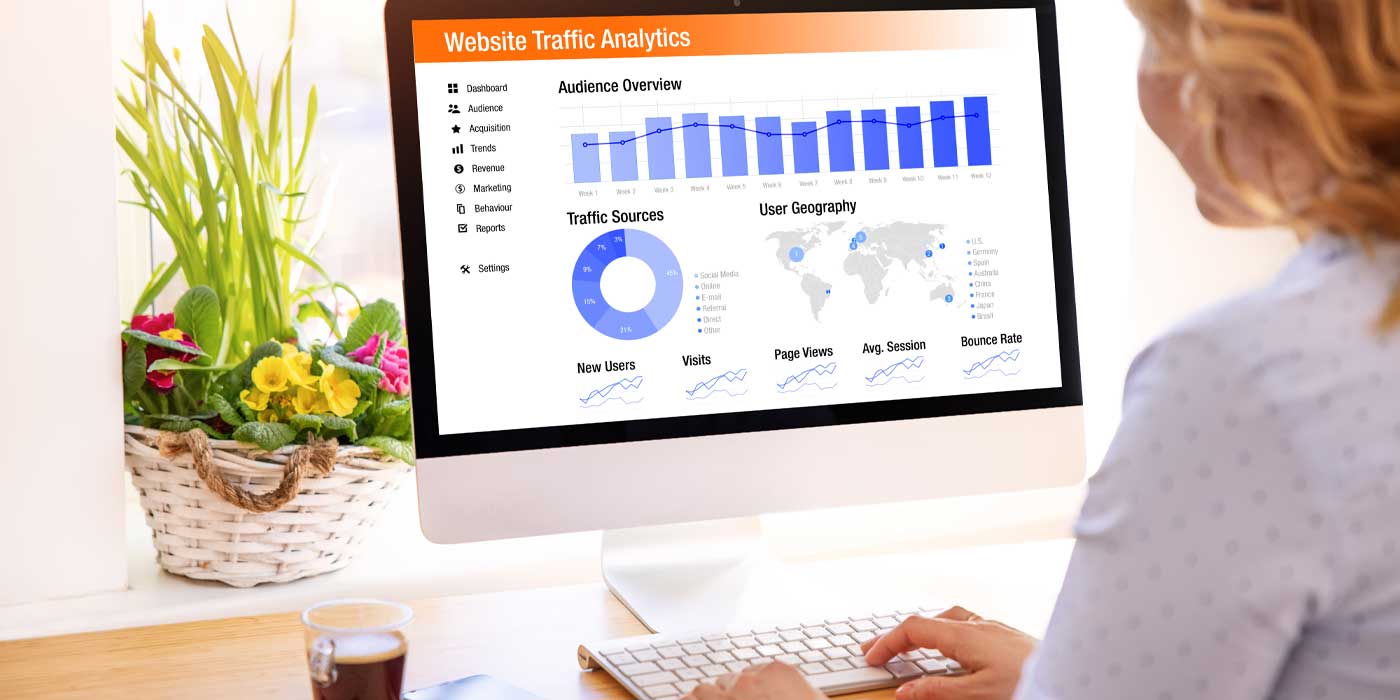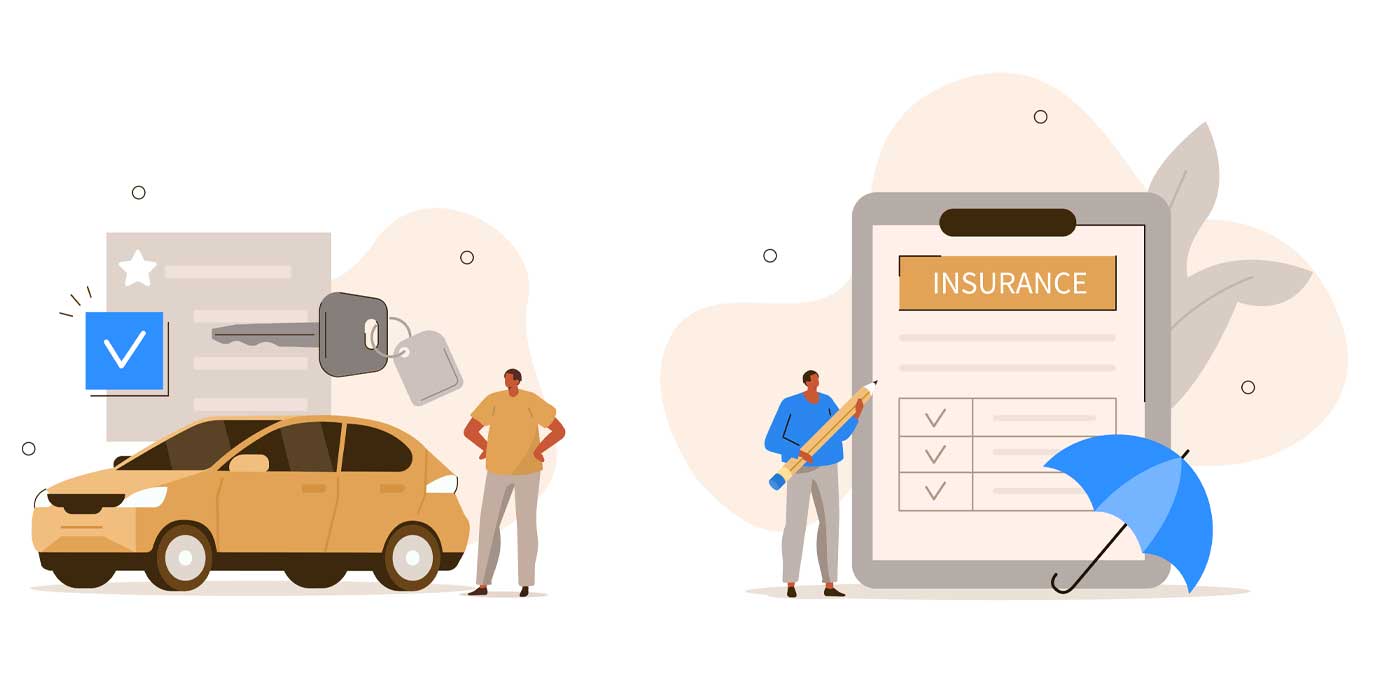Improving the customer experience and keeping customers engaged is something dealers struggle with on a regular basis. But by identifying high intention customers and targeting them across multiple channels as they advance down the path toward purchasing or servicing their next vehicle, dealers can capitalize on data they already have at their fingertips.
CDP 101
CDP, but first CRM and DMS.
We’re all familiar with customer relationship management or CRM — with the operative word in there being relationship. CRMs are designed to organize and manage customer-facing interactions.
The data usually serves up a client’s name and the history of the interactions with the sales team, but the goal of a CRM is to help the dealership’s customer-facing employees. We also use a CRM to land new business, keep existing business and to manage those relationships with a running log of interactions, reminders and some simple abilities to do one-to-one email, push some mini campaigns, etc.
A dealer management system or DMS is bundled management information. It’s really catered to finance, sales, inventory and the administrative components that one needs to run the day-to-day business in the store.
Both systems work, and we’re not trying to replace them, we want to build upon them. But a CRM or DMS isn’t designed to understand or interpret data. It’s not natural for them to share information out to other systems, specifically marketing systems. Think of a CDP as a piece of marketing technology that’s designed with key features and benefits that make it easy to manage and pull insights from customer data. The features should be designed to work together and ultimately to collect information and understand that information in real time.
The CDP is where all of the data lives, and it provides all the insights used for that communication that’s ultimately pushed through the marketing automation tools. And then as customers engage and data is collected, it is fed back to the CDP, which, the more you feed it, the smarter that it gets.
Even more information could be coming in from Equifax, IHS, Polk or another third-party data source. A CDP makes it easy to collect data, then it unifies that data, and it allows you to activate or execute on that data.
So once you’ve pulled together all of this disparate information, the CDP gets to work. Then you start to understand the entire picture of someone, which informs a marketing system when, where and why to engage with someone with a truly personalized experience. Marketing people have always said, “the right message to the right person at the right time.” Well, a CDP actually makes that happen.
Strategic End Game
So, you collect all this information, you unify it and then you activate it. But how does that ultimately help you sell? How does that help you service?
Once customers experience true personalized experiences anywhere, they expect it everywhere; anything less becomes disappointing. We have to be able to provide at least the base level of personalization, if not better, regardless of the channel that it’s being delivered on. So, it can’t just be email, it can’t just be direct mail, it can’t just be SMS. It all has to work together. In order to really stay competitive, you have to keep customers appropriately engaged, and you’re going to need well-maintained, accessible and actionable data.
Engagement is a process of interacting with customers through different channels to do simple things. We’re trying to interact with customers through the appropriate channel to develop and then to strengthen a relationship. And it should be a two-way street. Good engagement is going to benefit the customer, and it’s also going to benefit the dealership. It does this by increasing opportunities into the bottom of the funnel, more people who you’re trying to close. And at the same time, from a consumer standpoint, it addresses the rudimentary business-to-consumer expectations that we all have learned to expect on how we want to be interacted with, with people who we’re considering spending money with. And ultimately, the more engaged people equals more traffic, equals more customers.
Also, getting customers to engage sooner and throughout that entire purchase process, whether it’s sales or service or a combination of both, is going to give the dealership a better shot of creating loyalty and strengthening that relationship — as well as more opportunities to collect data. More interactions lead to more people finding you when they’re ready to transact.
Each time someone engages and, assuming that you’ve got a system that can learn from that, like a customer data platform, it provides the store and specifically the system with insight that informs marketing decisions such as when to retarget with what appropriate offer/message, and then what’s the best channel to be delivering that on.
Remember that each touch should meet the customer where they are — not where you think they should be or not where you wish that they were, but understanding where they are in their particular journey.
If you’re being strategic and tactical when you’re reaching out to people that might not have engaged yet to determine where they are, you’re less likely to drive people away. The goal here is to understand where someone’s at and then get velocity and a momentum into that process, and to make sure that you’re fostering that relationship every step of the way.
In Part 2, next month, we’ll discuss what this engagement allows you to do, how to evolve beyond just static campaigns and more.














